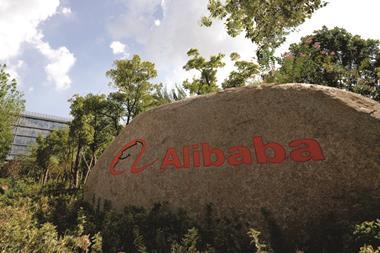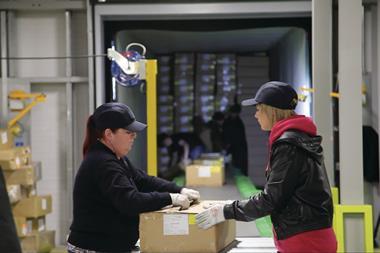We don’t have an anti-counterfeiting strategy but want to protect our business from fake goods and counterfeiters. What should we do?
A growth in the trading of counterfeit goods was widely reported in the run up to Christmas. The UK Border Agency, Trading Standards, along with findings of a YouGov survey commissioned by law firm Clarke Willmott, all demonstrated the significant impact that an influx of fake goods into the marketplace has on the economy.
Intellectual property law specialist Roy Crozier says retailers and suppliers need to take notice of this trend and look at how to protect their individual businesses by creating, or improving, their anti-counterfeiting strategies. Crozier says: “If people are producing fake versions of your products it demonstrates that you’re a leading brand, but you need to tackle the problem head on.” There are a number of practical measures that you can take, and customer education is an important first step.
He says: “If customers aren’t educated about the existence and the dangers of buying fake versions of your products, then you risk a drop in sales which you can’t afford.”
He advises publicising the fact there are counterfeit versions of your products in circulation, so consumers are aware of the need to be cautious, and find ways of reassuring customers that the goods they are buying are genuine. You could even provide guidance on websites where fake goods are often sold, such as eBay and Facebook, to warn people about the dangers and risks of purchasing counterfeit versions.


























No comments yet